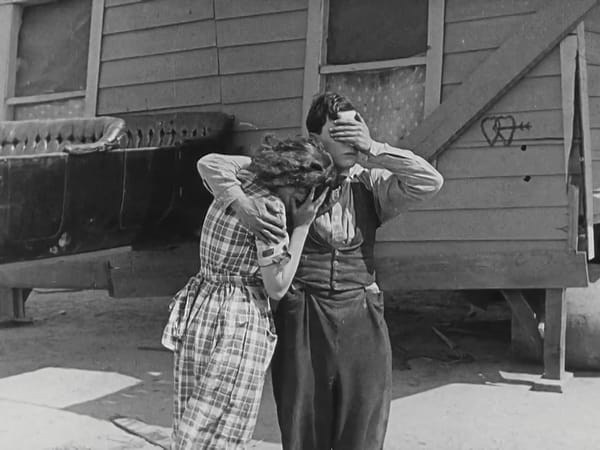Episode 3: La Rue du Cinéma
In this slightly delayed but packed episode, Manuela visits the iconic rue Champollion
During her second week in Paris, Manuela revisited an important place in our lives as cinephiles: the Forum des Images. This is where we both first saw Michelangelo Antonioni’s Blow-Up (1966) years ago, before we’d even started studying film seriously. This time around, Manuela went to see the documentary Orlando, My Political Biography (2023) by Paul B. Preciado, with the director in attendance for a post-film Q&A.
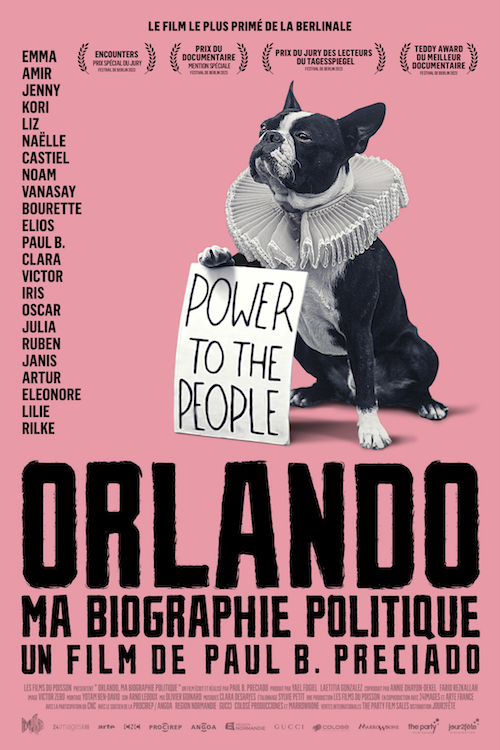
She paid only €7.20 — the cheapest option on the podcast so far! — and the reduced price for people under 30 and students is €5.80. The Forum des Images is wonderful because of the strength of its programme, showing repertory titles and hosting preview screenings of new films, but also due to its very central location in the Les Halles métro station. It’s a very modern and welcoming venue with five screens: they’re called 500 (444 seats), 300 (276 seats), 100 (100 seats), 50 (50 seats) and 30 (30 seats). A must for any cinephile in Paris.
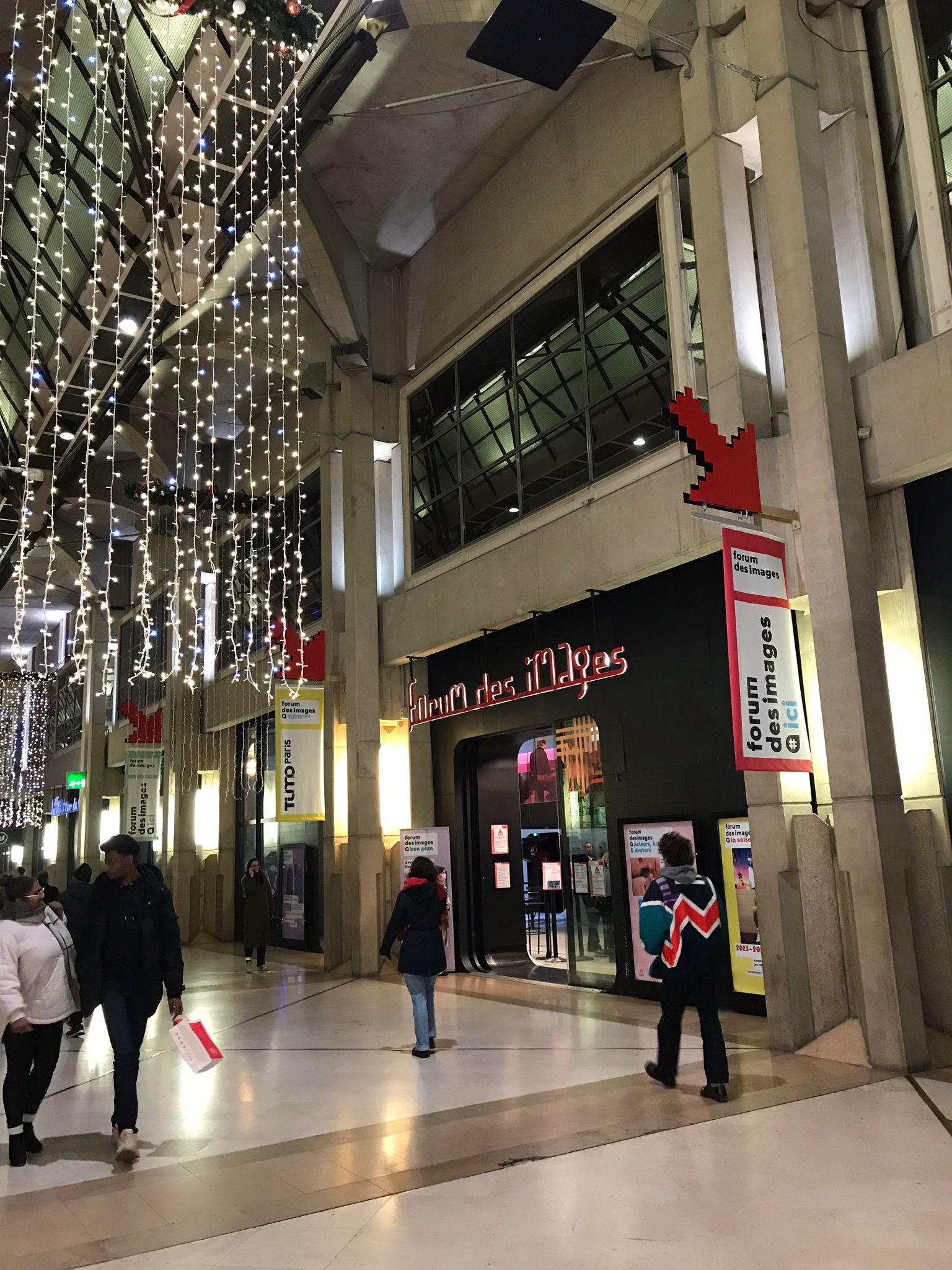

Together with the François Truffaut Library and the UGC Ciné Cité les Halles, the Forum des Images forms what is called La Rue du Cinéma (the street of cinema) — a funny name, considering that Paris already has a real, actual “rue du cinéma” south of the Seine.
Rue Champollion, in the 5th arrondissement in the Sorbonne neighbourhood, hosts three art house cinemas, with more in adjacent streets. On Saturday 9 December, Manuela went to two of them: at 11:30am at Le Reflet Médicis, she saw Béla Tarr’s Werckmeister Harmonies (2000), followed by a restoration of Alfred Hitchcock’s The 39 Steps (1935) at the Filmothèque du Quartier Latin in the afternoon, just a few meters away.
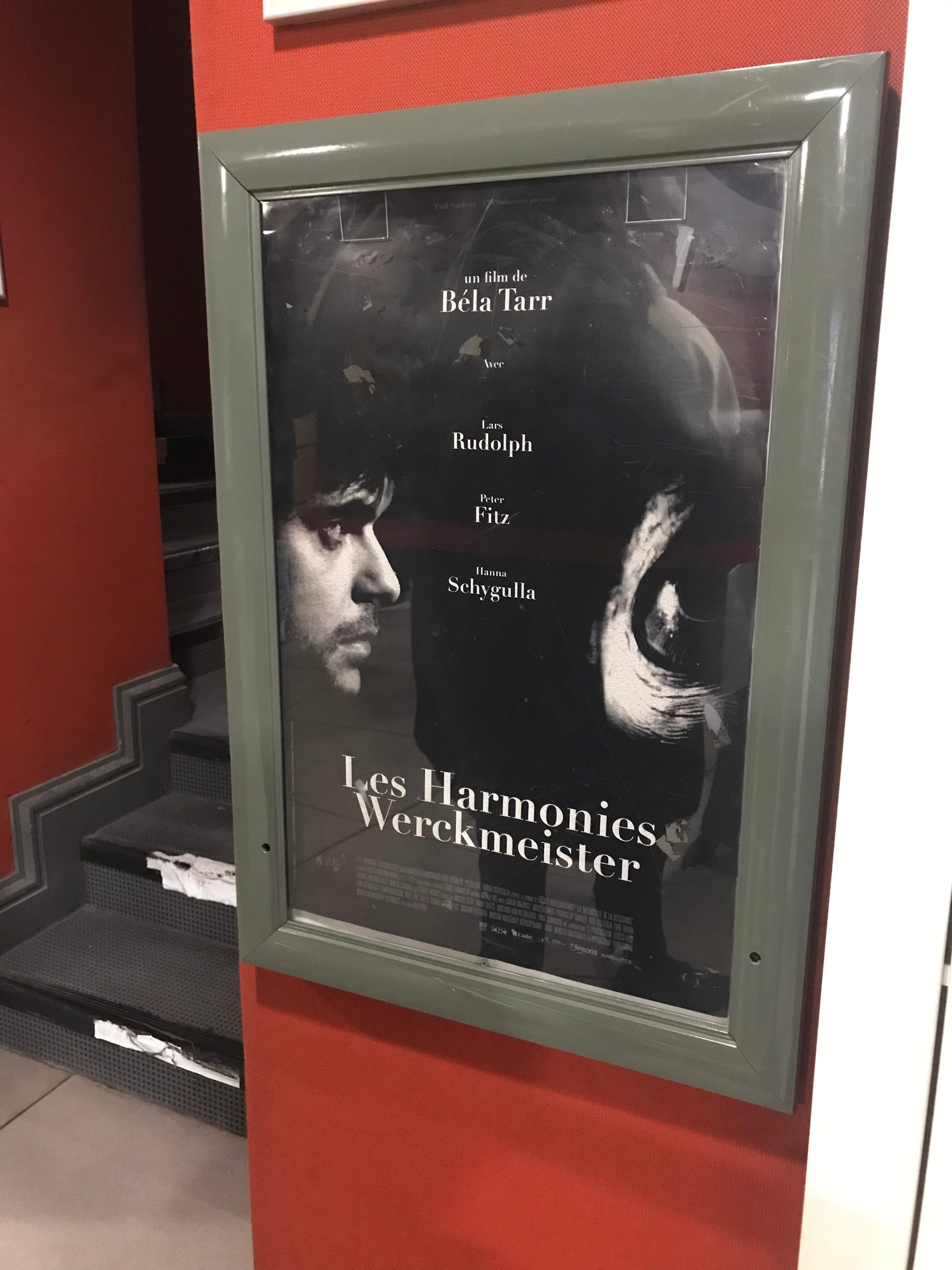

Le Reflet Médicis
The Reflet Médicis, which was a theatre until the 1960s, has three screens (150, 128 and 85 seats) and can show 35mm. Manuela paid €7.90 on Saturday morning, the full price is €11.20.
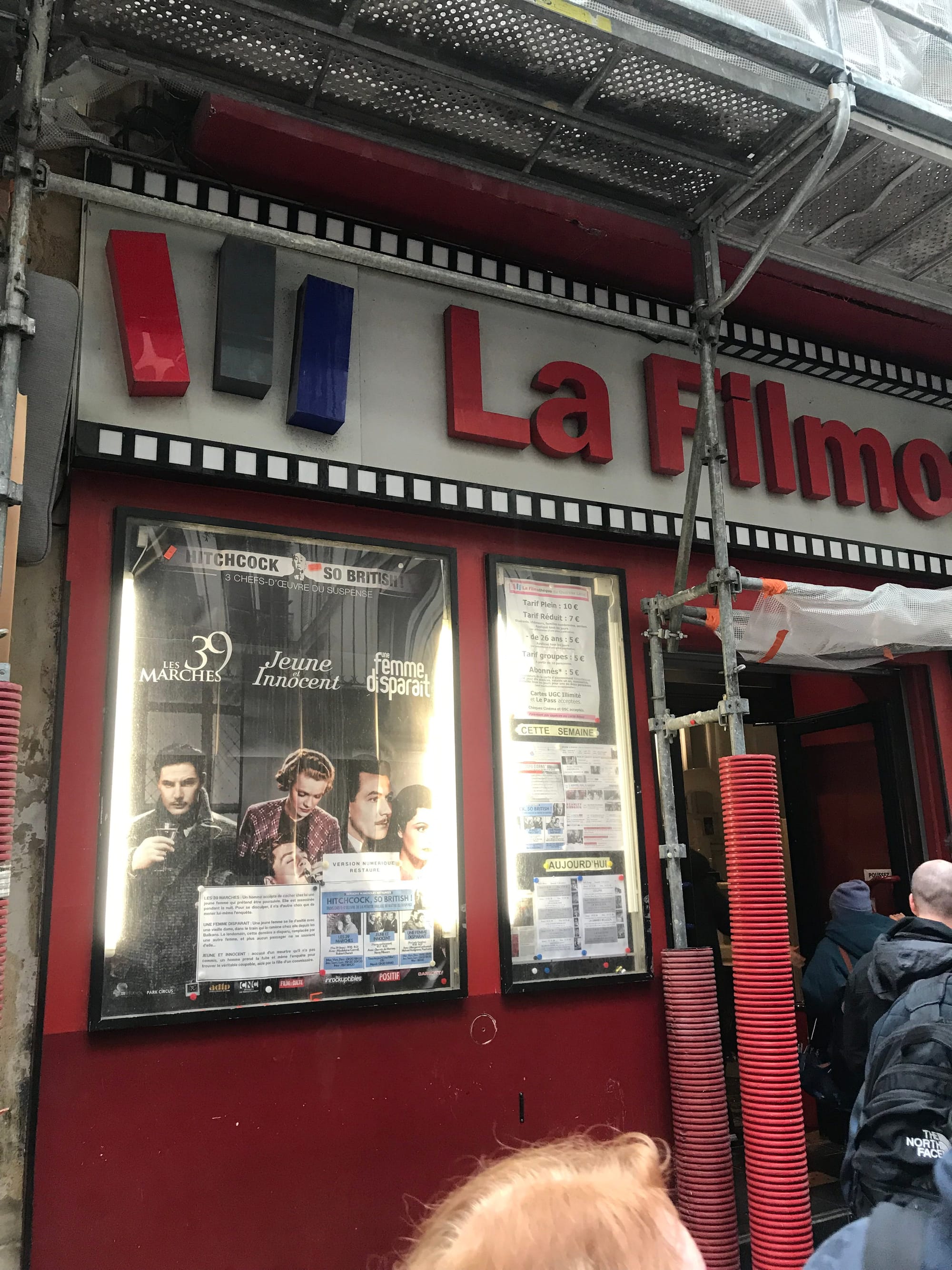

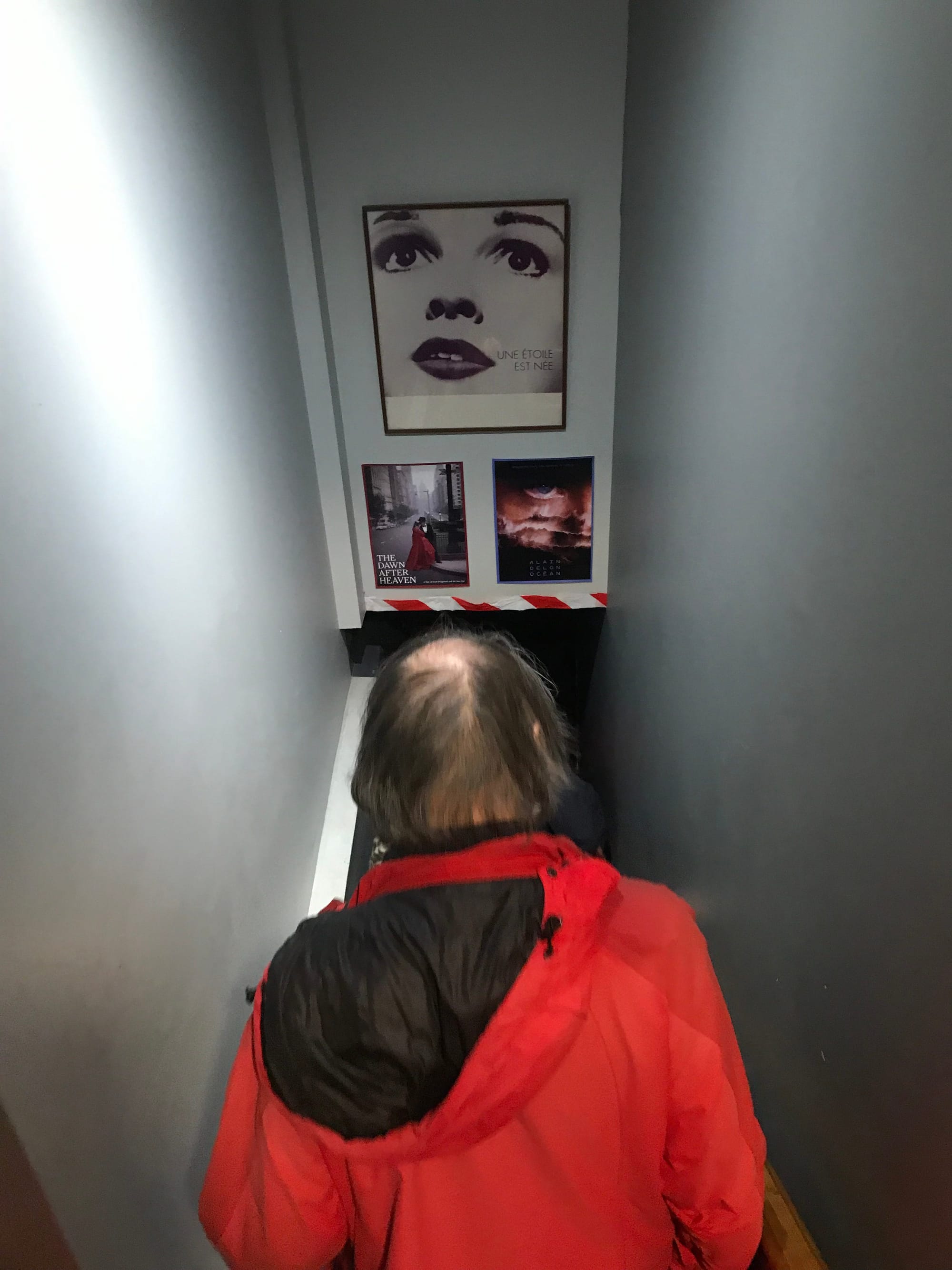
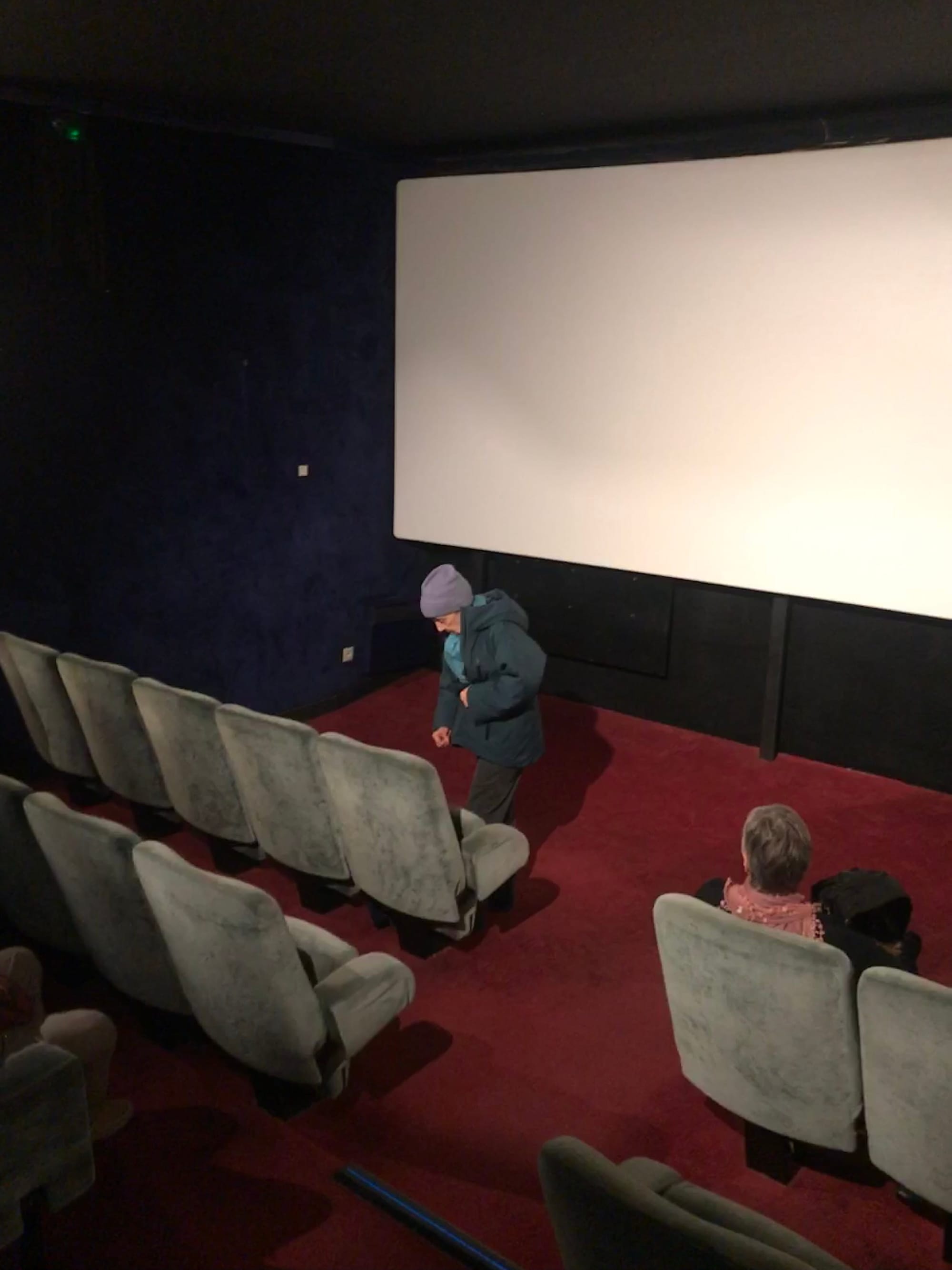
La Filmothèque du Quartier Latin
La Filmothèque has a red screening room called Marilyn (97 seats) and a blue room called Audrey (60 seats). It can show 35mm and is also equipped with 4K projection. Absolutely no ads play before the films, and full price tickets go for €10 (reduced €7, student €5). It isn’t (that) cheap, but the Filmothèque has quickly become Manuela’s favourite cinema in the French capital.
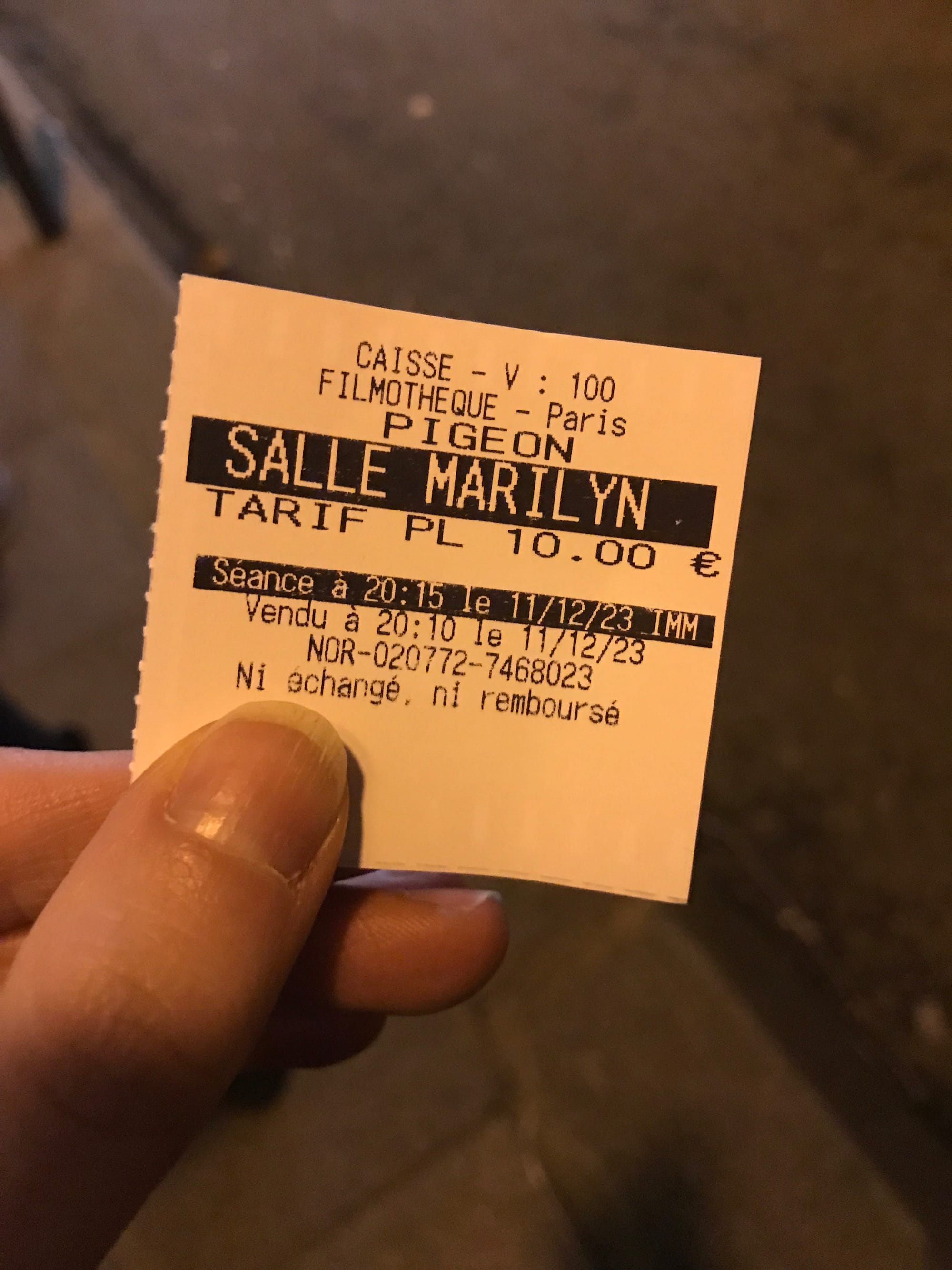

She went back there on Monday 11 December for Mario Monicelli’s Le Pigeon aka I Soliti Ignoti aka Big Deal on Madonna Street (1958), showing from 35mm as part of “Leçon de Cinéma,” one of several “ciné-clubs” hosted at the Filmothèque. Film critic and historian Alain Garel introduced the film but most importantly, followed it with an in-depth cinema lesson that included shot analysis, film history, and some very strong opinions from the host. Manue loved it; would you go to something like this in the UK?
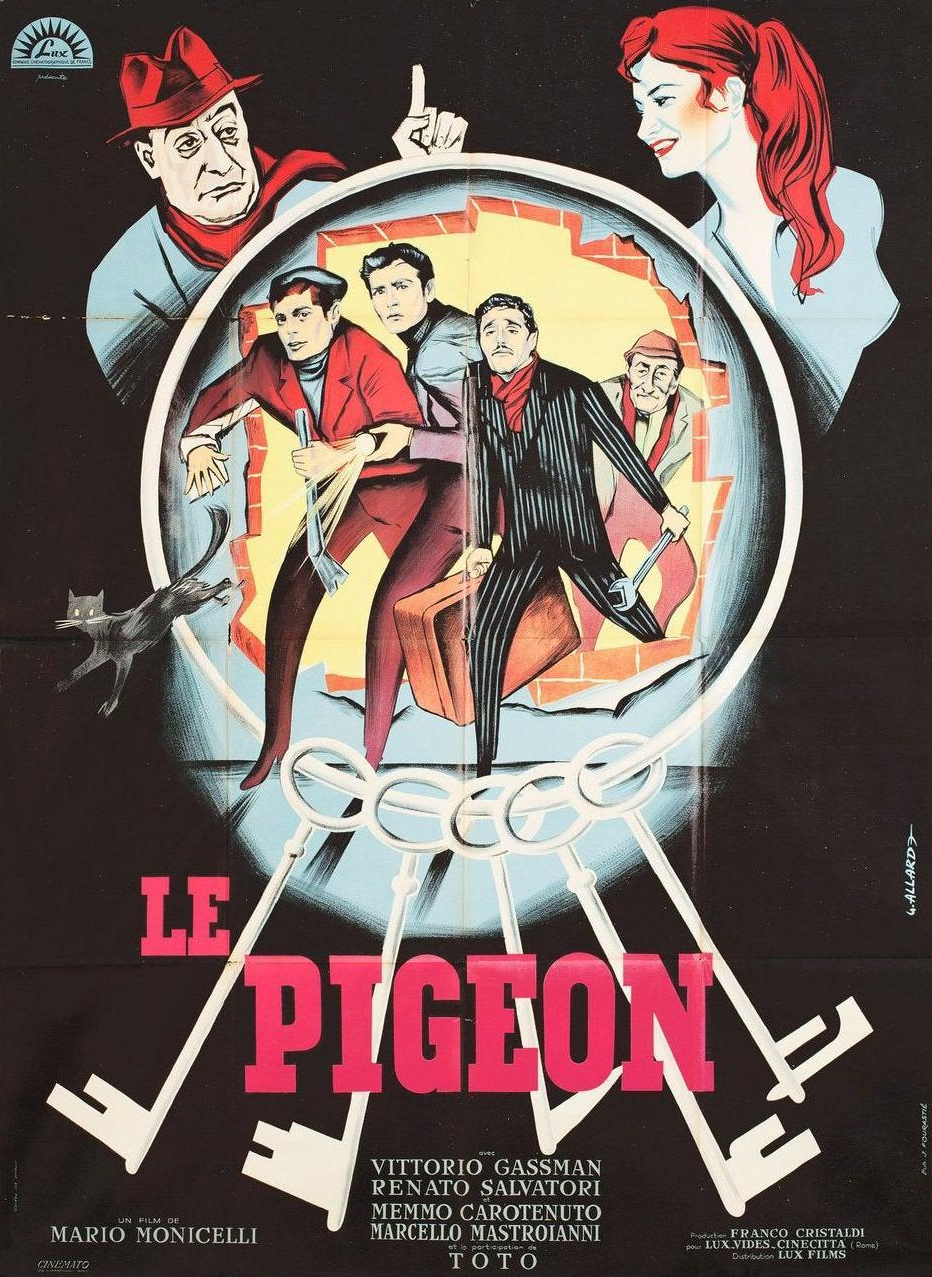
Other ciné-clubs at the Filmothèque include the ciné-club Henri VI, by the students of high school Henri VI; the ciné-club of the Saint-Louis high school; Tsouna-Club, run by the team behind film publication Tsounami; Profession Reporter, a ciné-club run by students who write about the films they pick and, as in any ciné-club, discuss them with the audience after the projection.
In this section of the episode, we talk about how relatively underseen and unknown Italian cinema is in the UK besides Italian Neorealism, Antonioni, Fellini and a few other directors. After we recorded, however, I remembered that UK label Radiance has released a box set of Italian comedies featuring three films by Dino Risi. A great Christmas present for any self-respecting cinephile…
If you have any questions (or Paris tips) for Manuela or me, you can reach out on Instagram at @animus_mag, on BlueSky at @animusmagazine.bsky.social, or by email at contact@animusmagazine.com.
If you like this episode, please share it far and wide! Becoming a True Cinephile member is the best way to support Animus, but you can also make a one-time donation — every little helps.
–Elena Lazic



